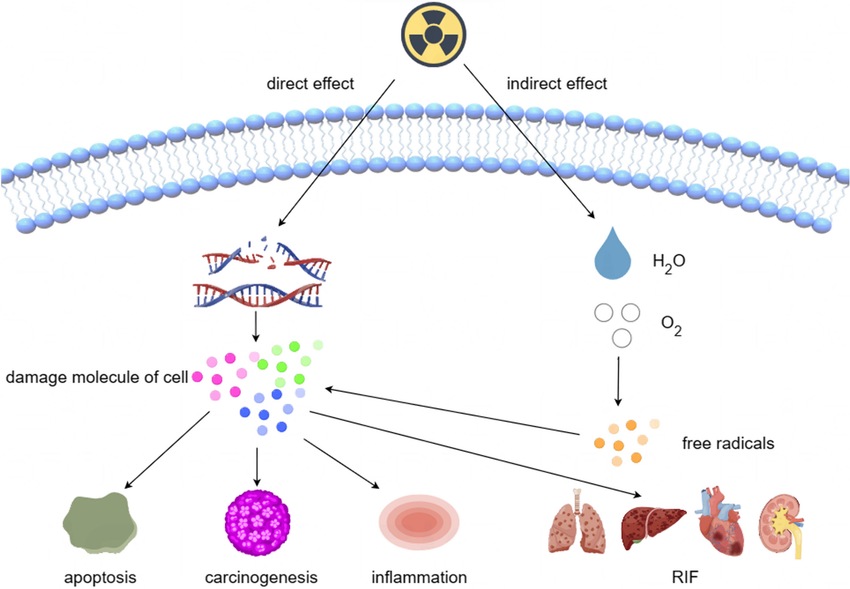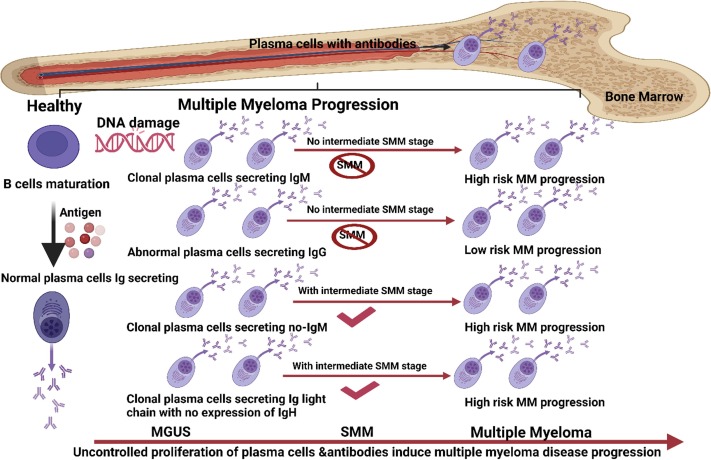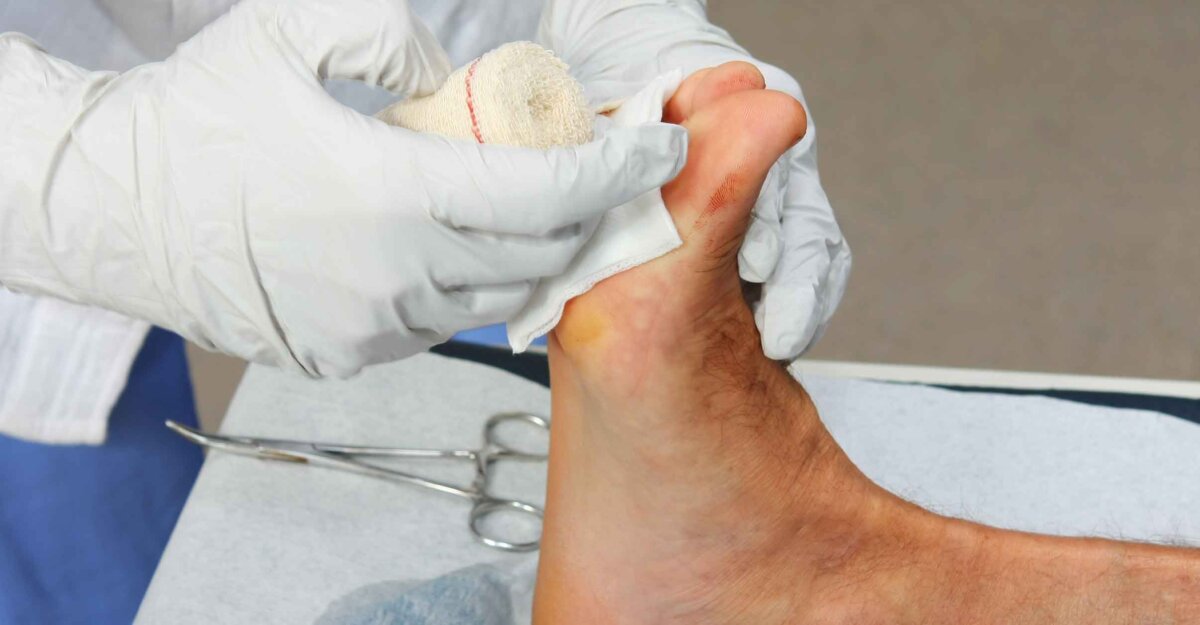
Systemic Factors Affecting Wound Healing
Wound healing is a complex biological process influenced by various systemic factors. These factors can affect the body’s ability to heal wounds effectively. Here are some key systemic factors:
- Age: As individuals age, the healing process tends to slow down due to reduced cellular proliferation and changes in the extracellular matrix.
- Nutritional Status: Adequate nutrition is crucial for wound healing. Deficiencies in proteins, vitamins (especially Vitamin C and Vitamin A), and minerals (such as zinc) can impair the healing process.
- Chronic Diseases: Conditions such as diabetes mellitus, cardiovascular diseases, and autoimmune disorders can significantly hinder wound healing due to impaired blood flow, inflammation, and immune response.
- Hormonal Factors: Hormones play a vital role in regulating metabolism and inflammation. For instance, corticosteroids can inhibit inflammatory responses and delay healing.
- Infection: Systemic infections can divert resources from local wound healing processes, leading to delayed recovery.
- Medications: Certain medications, such as anticoagulants or immunosuppressants, can interfere with normal wound healing processes.
- Smoking: Tobacco use has been shown to reduce blood flow and oxygen delivery to tissues, which is essential for effective wound healing.
- Immune Function: A compromised immune system (due to conditions like HIV/AIDS or cancer treatments) can lead to increased susceptibility to infections and slower healing rates.
Local Factors Affecting Wound Healing
Local factors also play a significant role in determining how well a wound heals. These include:
- Wound Size and Depth: Larger or deeper wounds typically take longer to heal than smaller superficial wounds due to the greater tissue damage involved.
- Blood Supply: Adequate local blood supply is essential for delivering oxygen and nutrients necessary for tissue repair; poor perfusion can lead to delayed healing.
- Tissue Type: Different types of tissues (e.g., muscle vs skin) have varying capacities for regeneration; some tissues may heal more slowly than others.
- Presence of Foreign Bodies: The presence of foreign materials (like sutures or debris) can provoke an inflammatory response that delays healing.
- Moisture Levels: Maintaining an appropriate moisture balance at the wound site is critical; too much moisture can lead to maceration while too little can cause desiccation of the wound bed.
- Infection at the Wound Site: Localized infections can significantly impede the healing process by prolonging inflammation and damaging surrounding tissues.
- Wound Care Practices: The methods used for cleaning, dressing, and managing a wound directly influence its healing trajectory; improper care may lead to complications or delayed recovery.
Potential Complications of Wounds
Complications arising from wounds can vary based on several factors but commonly include:
- Infection: One of the most common complications; it may lead to cellulitis or abscess formation if not properly managed.
- Delayed Healing/Non-Healing Wounds: Some wounds may fail to progress through normal stages of healing due to underlying issues such as infection or poor blood supply.
- Scarring/Keloids: Abnormal scar formation may occur when there is excessive collagen deposition during the repair process, leading to keloids or hypertrophic scars that are raised above the skin surface.
- Dehiscence: This refers to the reopening of a previously closed wound due to inadequate closure techniques or excessive tension on sutures.
- Necrosis/Tissue Loss: In severe cases where blood supply is critically compromised, necrosis may occur leading to loss of tissue that cannot be salvaged without surgical intervention.
- Chronic Pain/Sensory Changes: Some patients may experience chronic pain or altered sensation around a healed wound site due to nerve damage during injury or surgery.
- Systemic Complications: Severe infections from wounds can lead to systemic issues such as sepsis if bacteria enter the bloodstream.
In summary, both systemic and local factors significantly influence wound healing outcomes while potential complications must be carefully monitored during treatment processes.







